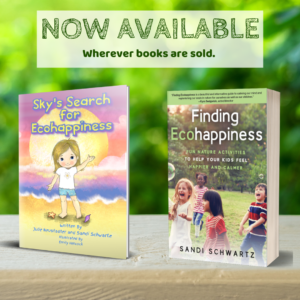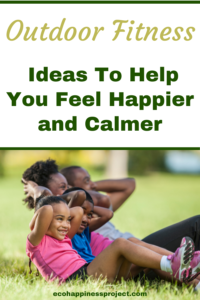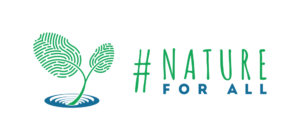Dreams do come true.
I am ecstatic to report that my book, Finding Ecohappiness: Fun Nature Activities to Help Your Kids Feel Happier and Calmer, was just honored with a GOLD award by the Nonfiction Book Awards, via the Nonfiction Authors Association (NFAA).

Here is the Official NFAA Review:
It’s safe to say that finding fun, affordable, and engaging activities for children is not only a major concern for parents, it’s also a major challenge – even more so now as young ones increasingly deal with “grown-up” issues that put a strain on their emotional and physical wellbeing, and that make a healthy sense of self tougher to achieve with each passing day.
“Our children are struggling” writes author Sandi Schwartz in the Introduction of her book. And with that statement made, she then sets out to empower parents and other caregivers with tools to help them lessen the effects of the world on their children and bring them back to center with activities that embrace the beauty of the world around them as found in Nature.
Finding Ecohappiness is therapeutic. It goes beyond the typical parenting book, providing the science behind the activities it recommends for families. Activity checklists offer up suggestions to parents who might be “stuck” coming up with ideas for engaging play. Highlighted in call-out boxes are sample questions meant to help make teachable moments easier to identify and implement. Links to helpful resources are included throughout, as are beautiful full-color images that align with the author’s message of how tapping into nature and its healing benefits can bring calm to even our little ones in ways that affect their wellbeing from the inside out. The awe of childhood as it should be experienced is found on each page from beginning to end.
Schwartz’s book is an exciting and meaningful guide sure to help its audience navigate this important, life-affecting part of the parenthood journey. Highly recommended!
~ Nonfiction Authors Association Book Awards Program
Grab your copy, give some as gifts, and donate to a Little Free Library near you. And be sure to leave a review. Thank you!
ORDER NOW
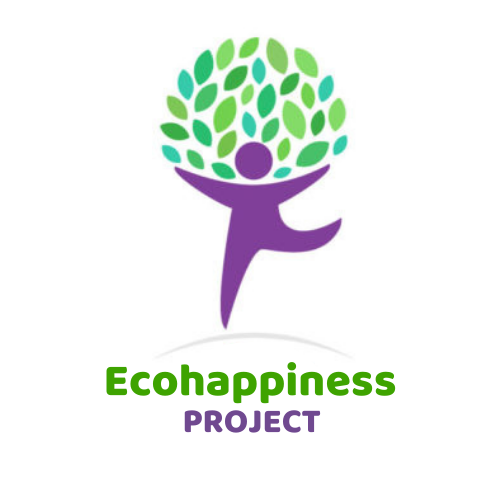








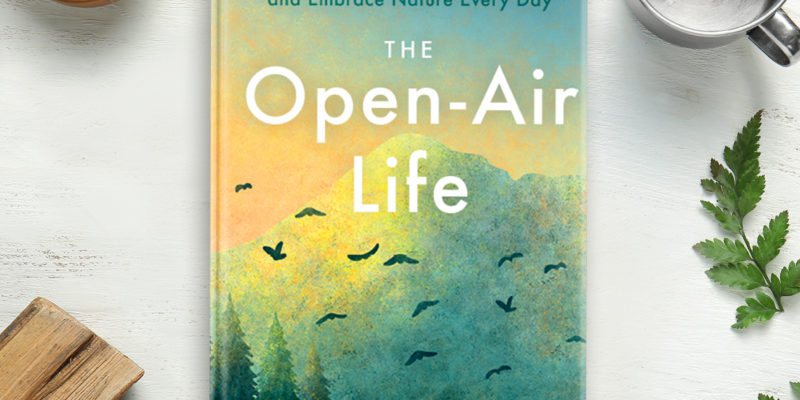
 I recently had the pleasure of reviewing and blurbing Linda Akeson McGurk’s new book,
I recently had the pleasure of reviewing and blurbing Linda Akeson McGurk’s new book, 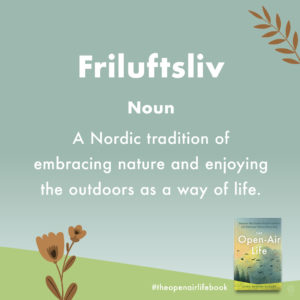

 Creativity is the ability to think in unusual, divergent ways. It involves using the right side of the brain from where imagination, intuition, visualization, emotions, and daydreaming originate. Creativity has been shown to develop many positive characteristics and help individuals lead happy, successful lives.
Creativity is the ability to think in unusual, divergent ways. It involves using the right side of the brain from where imagination, intuition, visualization, emotions, and daydreaming originate. Creativity has been shown to develop many positive characteristics and help individuals lead happy, successful lives.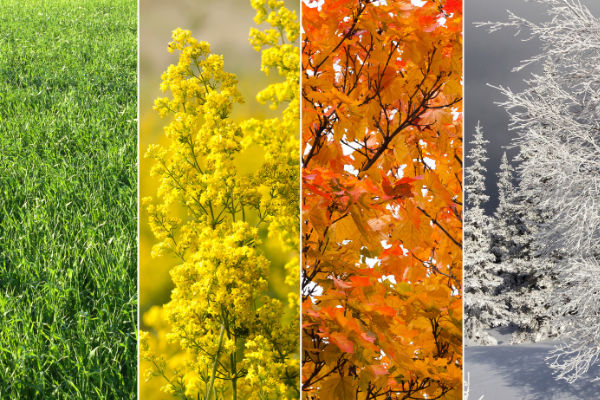
 Ecotherapists often use nature metaphors to connect with their clients. These figures of speech act as a symbol of something else in order to create a teachable comparison. Using nature metaphors is a helpful way for people, especially children, to better understand what they are going through emotionally and can be a catalyst for them to communicate their feelings.
Ecotherapists often use nature metaphors to connect with their clients. These figures of speech act as a symbol of something else in order to create a teachable comparison. Using nature metaphors is a helpful way for people, especially children, to better understand what they are going through emotionally and can be a catalyst for them to communicate their feelings.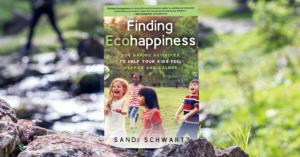

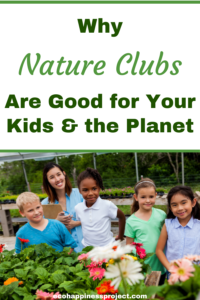 Looking for an activity in which your kids can have fun while also connecting to nature and helping the environment? An excellent way for children to get involved in ongoing
Looking for an activity in which your kids can have fun while also connecting to nature and helping the environment? An excellent way for children to get involved in ongoing 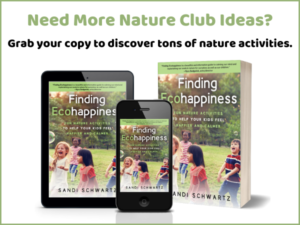
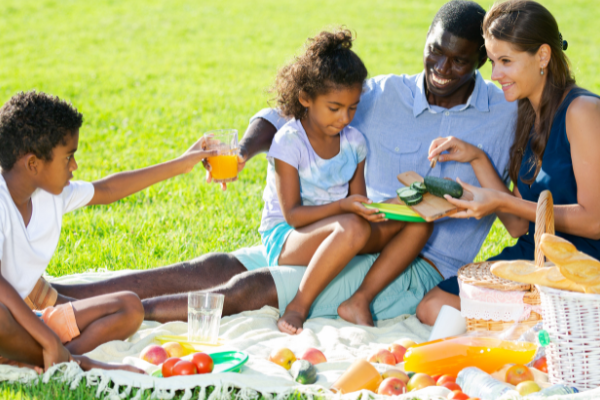

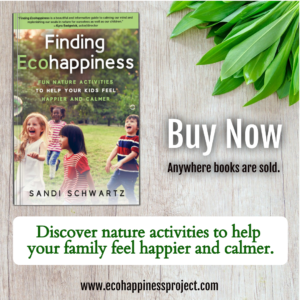
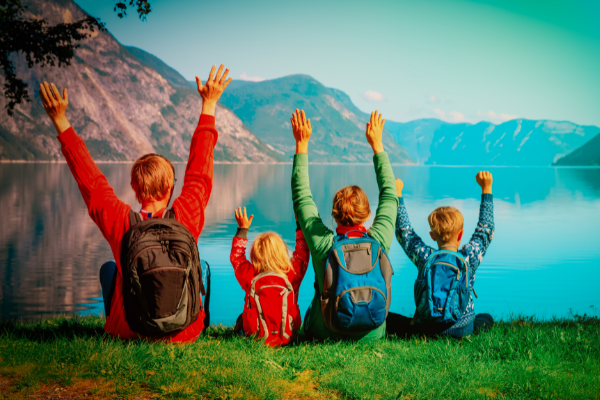
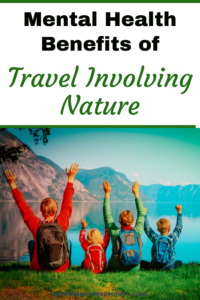 We just got back from an incredible vacation in the Pennsylvania woods in which nature was the centerpiece of basically everything we did:
We just got back from an incredible vacation in the Pennsylvania woods in which nature was the centerpiece of basically everything we did: 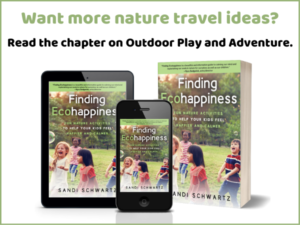
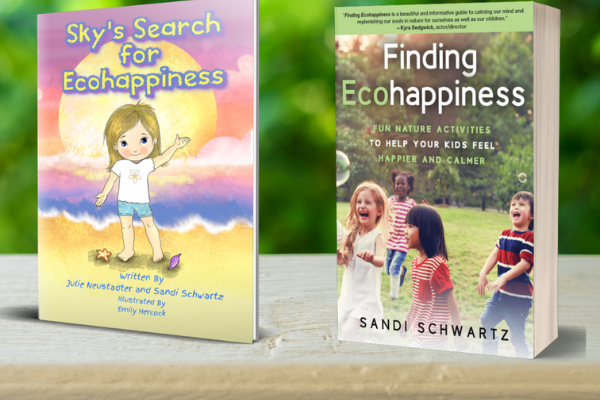
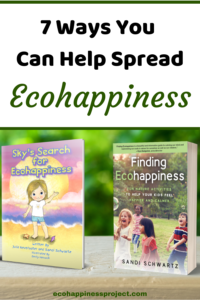 Spending time in and around nature is so beneficial to our family’s health and well-being. It calms us when we are feeling stressed and boosts our mood when we are feeling down. There are so many incredible ways to tap into the healing power of nature.
Spending time in and around nature is so beneficial to our family’s health and well-being. It calms us when we are feeling stressed and boosts our mood when we are feeling down. There are so many incredible ways to tap into the healing power of nature.
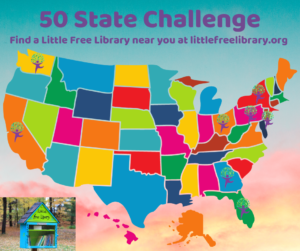
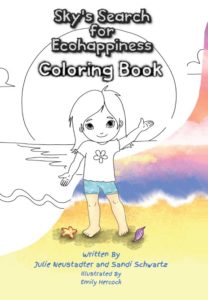

 When my husband and I moved from Washington, DC, to Florida several years ago, I turned to volunteering at a nature center to find something positive during a major transition in my life. I discovered a special spot about 10 minutes from our place at the time. The nature center, which is part of the county park system, overlooks 100 acres of wetlands and provides educational opportunities. The park includes 1.5 miles of an elevated wooden boardwalk, which takes visitors through various habitats, including cabbage palm hammock, cypress swamp, wetland hammock, and tropical hardwood hammock. The boardwalk also features a Seminole chickee hut as well as several gazebos, which have signs with information about the wildlife and plant life. The Nature Center building includes a lecture hall, gift shop, and live animal exhibits.
When my husband and I moved from Washington, DC, to Florida several years ago, I turned to volunteering at a nature center to find something positive during a major transition in my life. I discovered a special spot about 10 minutes from our place at the time. The nature center, which is part of the county park system, overlooks 100 acres of wetlands and provides educational opportunities. The park includes 1.5 miles of an elevated wooden boardwalk, which takes visitors through various habitats, including cabbage palm hammock, cypress swamp, wetland hammock, and tropical hardwood hammock. The boardwalk also features a Seminole chickee hut as well as several gazebos, which have signs with information about the wildlife and plant life. The Nature Center building includes a lecture hall, gift shop, and live animal exhibits.

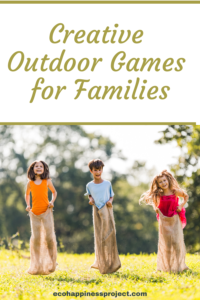
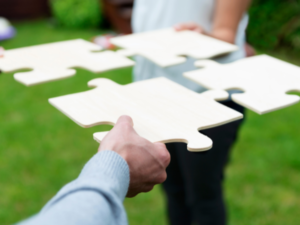
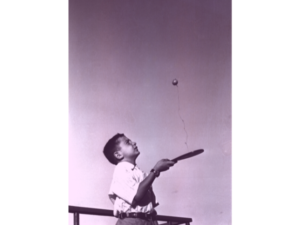
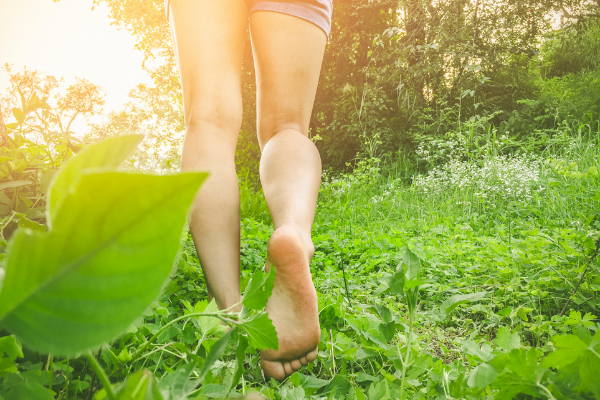
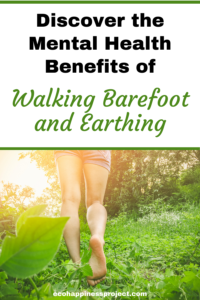 Many of us are so used to lacing up our shoes before we head outdoors. But did you know you can actually feel better if you sometimes leave those shoes behind? Throughout history, humans have become more distant from the earth. Our ancestors walked more, worked the land, and even slept outside, which meant they were in closer contact with the ground. In order to encourage this connection to the earth today, experts recommend we stand, walk, or lie on the grass, soil, or sand for about thirty minutes every day–a practice known as earthing or grounding.
Many of us are so used to lacing up our shoes before we head outdoors. But did you know you can actually feel better if you sometimes leave those shoes behind? Throughout history, humans have become more distant from the earth. Our ancestors walked more, worked the land, and even slept outside, which meant they were in closer contact with the ground. In order to encourage this connection to the earth today, experts recommend we stand, walk, or lie on the grass, soil, or sand for about thirty minutes every day–a practice known as earthing or grounding.